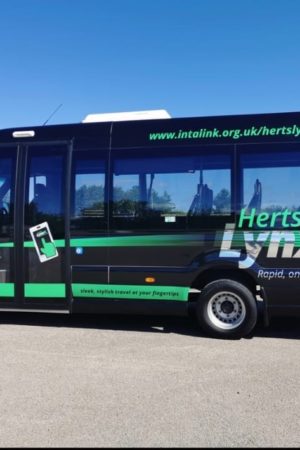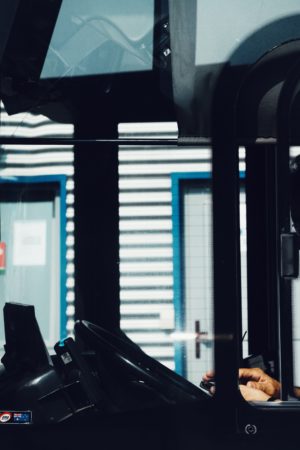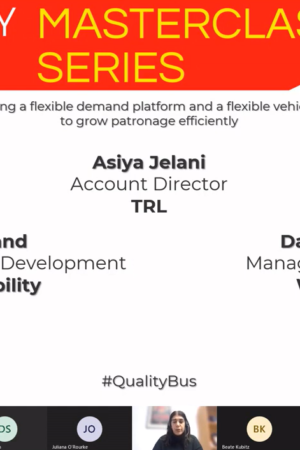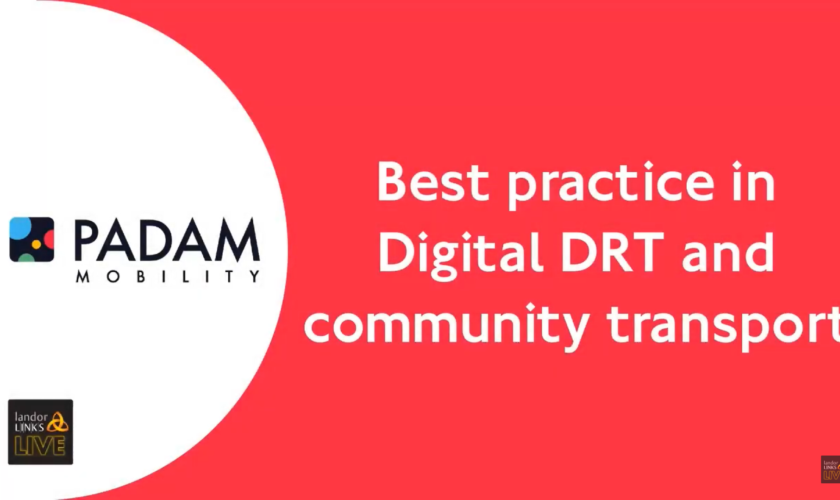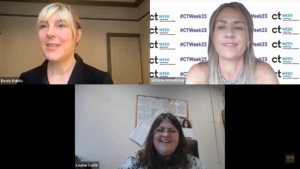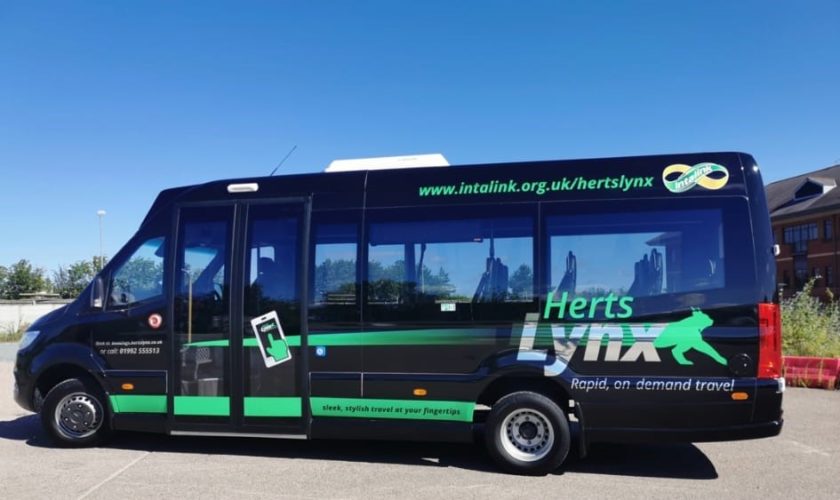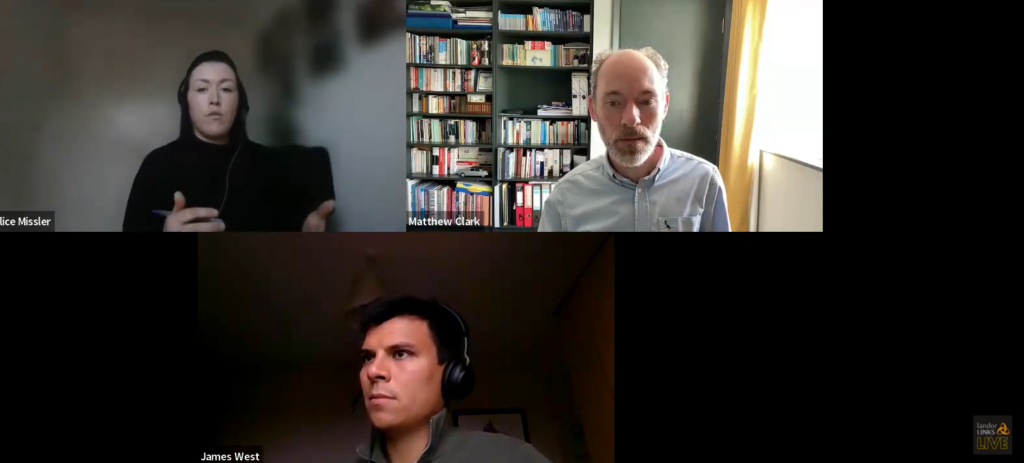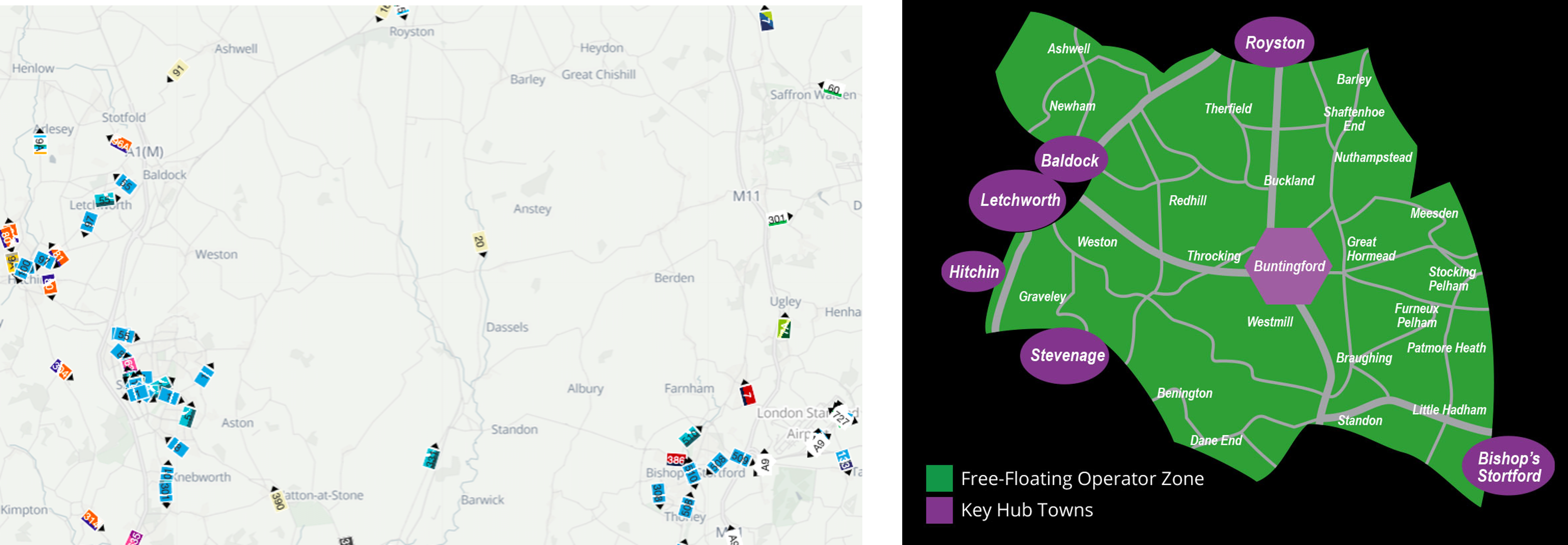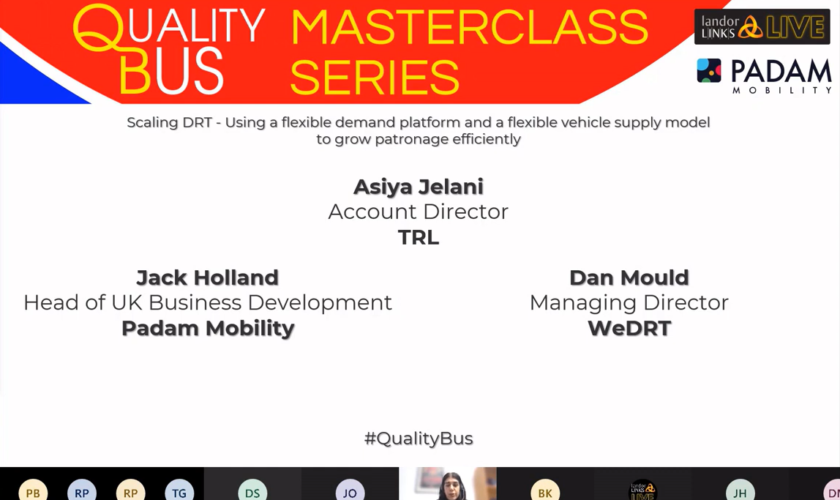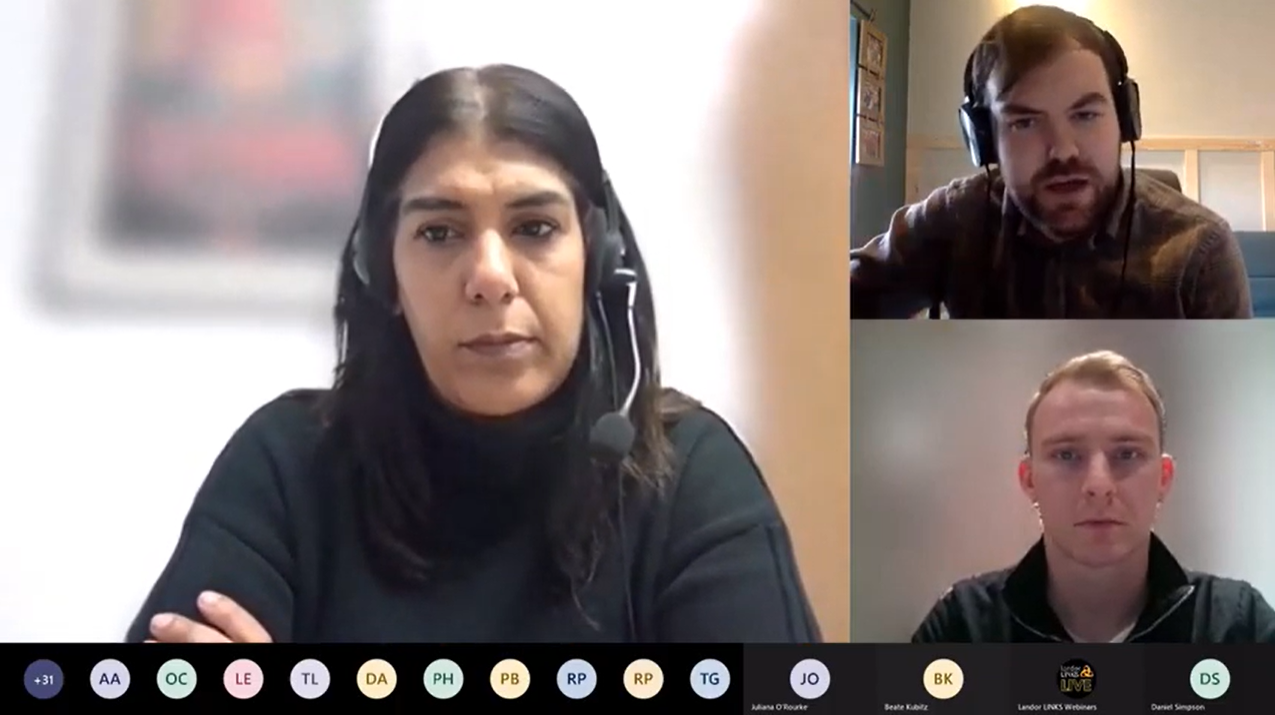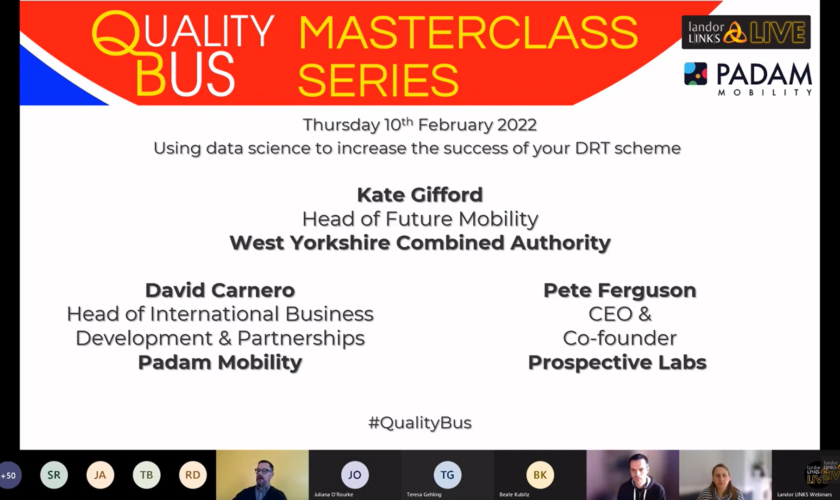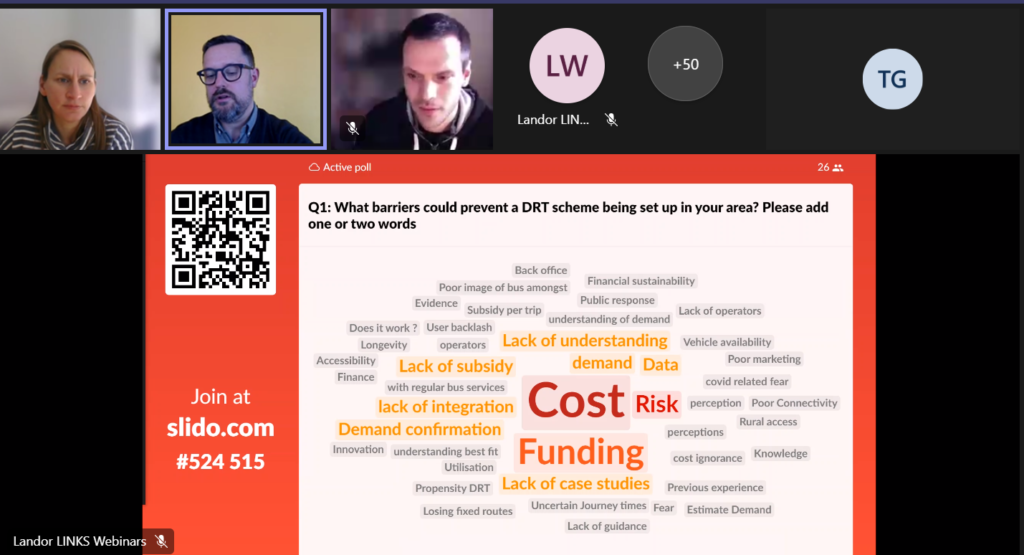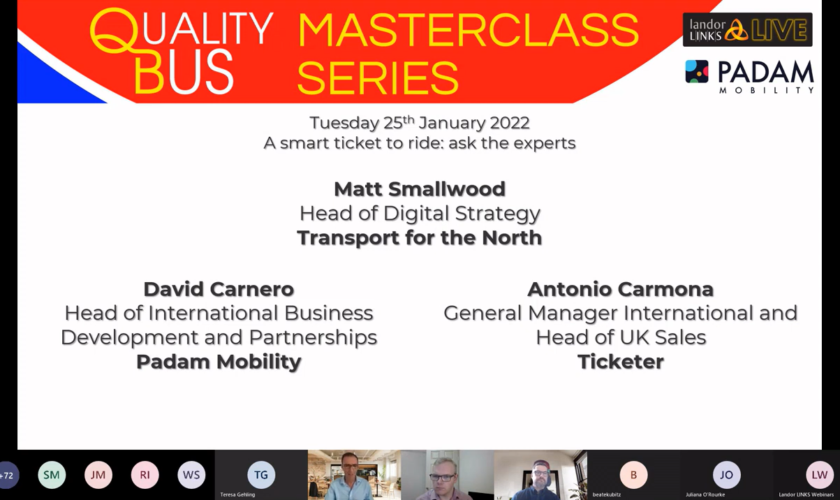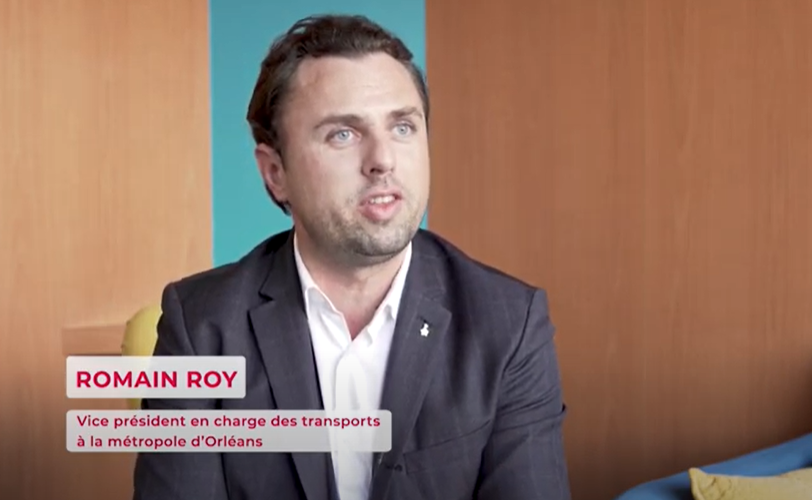In the sparsely populated rural areas of Cheshire West, traditional public transport has long been a challenge for residents who live far from bus routes. However, the introduction of the iTravel Demand-Responsive Transport (DRT) service has marked a significant transformation in local mobility. Launched just eight months ago, this innovative service has already garnered strong community uptake, achieving an impressive average of at least three bus passengers per vehicle hour.
This success story is a collaborative triumph involving Cheshire West and Chester Council, Stagecoach, and Padam Mobility. Together, they have crafted a transportation solution that not only bridges the gap between rural isolation and urban accessibility but also encourages a more sustainable and convenient mode of travel.
To gain a deeper insight into the design, implementation, and success of the DRT service, a recent webinar organized by Landor Links brought together some of the key stakeholders in the project. Lynne McKie, Team Leader for Transport and Infrastructure at Cheshire West and Chester Council, Rebecca Hamilton-Adams from Stagecoach, and Jack Holland, Head of Business Development Northern Europe, shared their insights and experiences. The webinar was moderated by Beate Kubitz, independent mobility consultant and expert in the field of shared mobility at Beate Kubitz Associates Ltd. In the following text, we address some of the questions that were asked in the run-up to and during the webinar and provide detailed answers.
You can find the recording of the webinar by clicking on this link (YouTube)
Q: How is the financial performance of DRT judged, and how does this compare to fixed-route services?
The financial performance of DRT is often judged on a subsidy per-head basis. Currently, the subsidy is around £11 per passenger after nine months of operation. Our target over the next two years is to reach about five passengers per vehicle hour. With an average fare of £2.50, this would bring the subsidy down to around £5 per passenger, which is good value for money considering the service provided to people in a rural area like ours. We are also exploring efficiencies in service delivery, such as weekend and night services, which should help reduce the subsidy per passenger further.
Q: How can we bring the cost of Demand Responsive Transport services/costs per passenger trip further down, while at the same time increasing ridership?
Currently, the service operates with around three passengers per vehicle hour. We believe this can be increased to 4.5 to 5 passengers per vehicle hour, which would reduce costs per passenger trip while maintaining fare levels. Additional strategies include:
- Diversifying funding sources and creating efficient operating models.
- Integrating with taxis and ride-hailing services for a flexible supply model.
- Using feeder/fetcher models and hub-and-spoke arrangements for targeted service design.
- Combining Dial-a-Ride and DRT or Home-to-School and DRT services for greater efficiency.
Q: How can we better make the case for rural DRT schemes when the economics don’t necessarily stack up?
Rural DRT schemes should be evaluated with different metrics compared to fixed-route buses. They inherently transport fewer people in areas traditionally lacking bus services. While subsidy per passenger is a useful metric, it shouldn’t be directly compared to fixed-line services. We should also consider the cost per square mile of delivering the service and the socio-economic benefits, such as improved access to employment, education, and reduced loneliness. Many users previously had limited access to reliable transport, and the new DRT service has significantly improved their quality of life.
Q: How do you prevent detracting from existing mainline services with the introduction of DRT?
The service is designed to complement existing public transport. For instance, we block journeys that could be covered by the existing Stagecoach X30 service. We also serve seven railway stations but had to remove the fixed rail timetable from our algorithm to improve service capacity. By blocking journeys that can be undertaken by existing routes, we ensure that DRT complements rather than competes with these services. We use the £2 fare cap to make the service affordable, though through-ticketing isn’t available yet.
Q: What is the average daily mileage of the buses per day?
Each bus reaches about 200 miles each day.
Q: How did you communicate about the service to the local people?
Initially, there was some confusion about who the service was for, with some thinking it was only for older residents. However, through conversations and local engagement, we clarified its purpose. The community was very receptive, and word-of-mouth marketing played a significant role. We received overwhelmingly positive feedback, with many expressing that they had been waiting for such a service.
Q: Is there any consideration of using the iTravel service to transport goods, like parcels?
At the moment, we are not considering transporting goods. The vehicles are not designed for such a purpose, and it would be challenging to provide the necessary capacity.
Q: Could DRT be a sustainable transport solution for new settlements?
Yes, DRT is an excellent early-stage model for new settlements. It provides a flexible and efficient transport solution until the settlement grows large enough to support fixed bus routes. Typically, when a settlement reaches around 1,000 houses, it might transition to a fixed bus model. Until then, DRT offers a viable, scalable option.
Q: How might the service develop in the future, and what role will autonomous on-demand mobility play?
In the coming years, we expect autonomous vehicles (AVs) to play a larger role in on-demand services. Service design must be meticulously planned to mitigate risks. With a shortage of approximately 200,000 drivers across Europe, finding personnel for this job is becoming increasingly difficult. As we aim to keep public transport accessible to everyone, we need to consider how to manage these challenges effectively. Currently, AVs are primarily used in controlled environments like campuses, but as the technology becomes more reliable, it will be applicable in broader contexts.
This article might interest you as well: Heading towards an on-demand transport service utilizing autonomous buses



